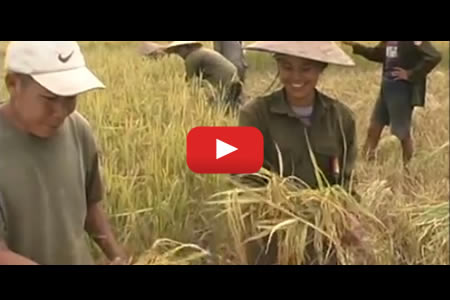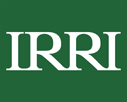Methods in measuring moisture content for drying
The table below shows the advantages and disadvantages of the different methods that can be used to measure moisture content for drying.
|
Weight reduction (primary method) |
Electrical characteristics (secondary method) |
|||
|
Oven method |
IR balance |
Capacitive MC meter |
Resistance MC meter |
|
|
Principle |
Evaporation of water at high temperature. Calculation of moisture from initial weight and dry matter weight |
Detection of weight loss by heating and drying |
Grain is filled in between two plates of a capacitor. Water contents affects dialectical properties |
Electrical resistance of crushed grains Water affects resistance. |
|
Advantage |
Most exact method |
More accurate than quick moisture meters (0.1%) Covers full range (0-100%MC) Automatic operation |
More accurate than resistance type MC meters (0.2-0.5%) Portable |
Fast readings. Very portable Affordable Rugged Small sample size |
|
Constraint |
Expensive oven with temperature control needed Long process time |
Relatively long process time (10-30 minutes) Sensitive mechanics |
More expensive than resistance type MC meters Larger sample sizes |
Lowest accuracy (typically 0.5%) Limited MC range |
|
Application |
Reference in research |
Laboratory Research |
Laboratory and field |
Field and laboratory, grain industry |










